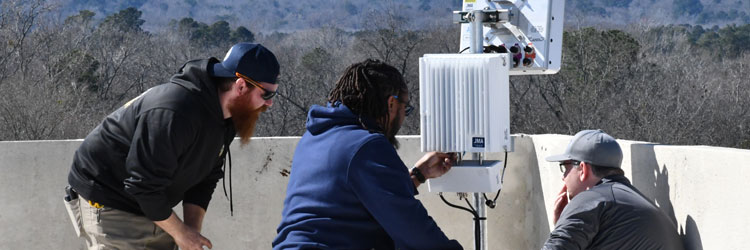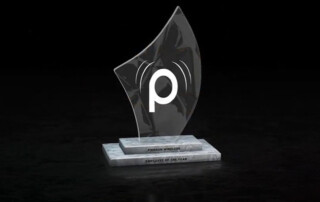What’s next for Stadium distributed antenna systems?
A robust wireless network is important when it comes to capturing and sharing great moments. Venue owners are increasingly facing pressure from fans and attendees to have reliable wireless service. However, Wireless Service Provider (WSP) commitment to investment in DAS is not as substantial as it once was. WSP investment for stadium DAS greatly depends on how the DAS fits within a WSP’s network strategy.
Network capacity is one of the major drivers that defines a WSP’s network strategy. Verizon’s Engineering Director, Jake Hamilton said “I think this is going to be an ongoing upgrade process until traffic stops growing [and] we don’t really see that happening”. To meet the demand in stadiums, WSPs are seeking less costly alternatives to new DAS deployments such as sector splits and frequency band additions.
According to Joe Madden, Analyst at Mobile Experts, venue owners have a greater risk of loss revenue due to poor wireless network service. The challenge is that the DAS has to be built to accommodate venues’ maximum capacities yet most venues only host events that have the potential to reach maximum capacity only a few days out of the year. For the venue owners, potential maximum capacity events and attendees’ wireless experience at those events are essential to present and future revenue streams.
Venue owners have certainly taken heed. The wireless experience isn’t just about making or receiving phone calls, sending or receiving messages or interacting on social media. Venues are developing their own apps to establish new revenue streams and to enhance the fan experience. “If you take Levi’s Stadium as an example, they now host their own applications which drive a lot of business,” said Todd Landry of JMA Wireless.
KEY TAKEAWAYS:
- Smaller stadiums may not be able to secure carrier investment for a DAS, and some may be reluctant to commit to a system for fear the technology will be out of date within a few years.
- There’s more revenue on the line for the building owner than there is for the [mobile] operator in many enterprise cases.
- Part of the issue in many cases is concealing this technology in a way that blends with the cityscape nicely.
“Connectivity may become a cost that stadium owners need to incur, but that cost can do more than keep people from staying home to watch a ballgame. It can also support mobile apps that drive revenue on game day.”
Original source: https://www.rcrwireless.com/20160610/network-infrastructure/whats-next-stadium-das-tag4-tag99























Leave A Comment